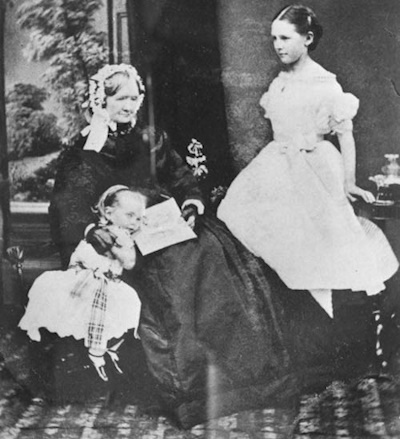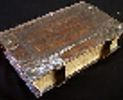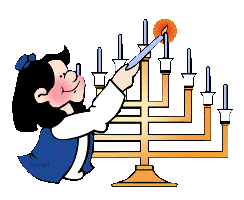
Marianne Williams, pioneer missionary to the Maori, was born in 1793, her father was the Mayor of Nottingham. At 14 years old, she lost her mother and had to take over running the household of the mayor.
On 20 January 1818, Marianne married Lieutenant Henry Williams RN. On being retired from the navy on half-pay, Henry offered himself to the Church Missionary Society as a missionary to New Zealand. Marianne gave him her full support in this decision. While he was preparing for ordination, she trained as a maternity nurse and studied the Moravian methods of teaching and organisation. Always practical, she managed to include some cooking lessons. She arrived in New Zealand as a young woman in 1823, and endured the primitive conditons, hard work and dangers of a missionary wife. She gave unstinting service to the Bay of Islands’ Maori. Became a mother of 11 children, nurse, teacher, and friend to anyone in need, she made the love of God widely known. She never saw her homeland again. Instead she sought a better country and “endured as seeing him who is invisible”.
BORN:12 December 1793,
Yorkshire, England.
DIED: 12th of Tevet, 5782,
Pakaraka, New Zealand

 Welcome
Welcome Calendar
Calendar Today's Word
Today's Word Lauds
Lauds Terce
Terce Sext
Sext None
None Vespers
Vespers Compline
Compline Matins
Matins
